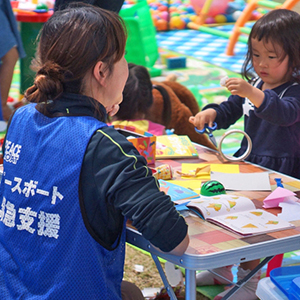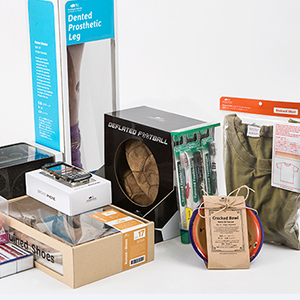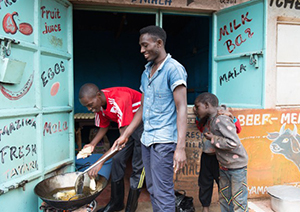Some 20 years ago, the humanitarian aid organisations that were communicating with you probably included the Red Cross, Oxfam, United Nations Children’s Fund and Greenpeace. Perhaps you got a quarterly newsletter with a donation envelope tucked inside, and three months later you got another.
Humanitarian aid and development organisations were—mostly—not great communicators back then, in part because there was not much competition. Today, the situation is very different. Have a quick peek at your social media feed and count the number of your friends and acquaintances who want you to help them save children, build homes for earthquake victims or save orphan kittens.
As there is a lot of competition, fundraisers need to tell their stories engagingly. They need to make audiences care.
Of course there are organisations in the aid and development space that are world-class communicators, but those are mostly the exception to the rule.
Are your communications adding value for all your audiences, including donors and potential donors; business partners, local government agencies and regulators; as well as staff and potential recruits? Last, but certainly not least, are you adding value for aid recipients?
Communications can reach all these audiences and more. But like you, most of the people you are communicating to are busy, and they are receiving communications every day from dozens or even hundreds of other people and organisations. If your communications are not adding value, they won’t be read—at least not after the first few.
The next question is what are you trying to achieve with your communications? Do you have a communications strategy? Are you and everyone in your organisation clear what your message is and what your story is? Not only are there lots of reasons to communicate but also lots of ways to do so.
Communications can be used to explain and/or persuade:
- What we do
- What we don’t do
- How we work
- What you can do
Communications can be used to build relationships: to engage audiences so they want to know what comes next and to make a connection so audiences care and take ownership. They can also be used to drive action: to persuade people to donate, buy, renew, understand, approve or cooperate.
In your communications, are you putting yourself in your audience’s shoes? Are you asking yourself what value—if any—you are adding for them, to their business and/or personal lives?
How are you engaging your audiences, drawing them in and making them care?
A few years ago, I was in the Democratic Republic of the Congo, where in conversation with some aid workers, I used the phrase “the aid business”, to which a young woman took violent exception. “Aid is not a business”, she said in a tone of voice that silenced the room.
“Aid is a huge ‘business’, worth billions and billions of pounds”, I replied, as she stormed out of the room.
Most people live in the grubby commercial world. Most development and aid industry suppliers live in that world. Most aid recipients live in that world. And most aid donors live in that world and speak that language.
You may be a believer in the cause, but many of your conversations are with non-believers, agnostics or believers in a different cause. In those conversations, can you be persuasive about your cause? Can you make people understand why they should care?
That is the purpose of communication. That is why you need to figure out your story, and how best to tell it.






